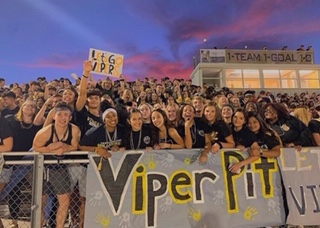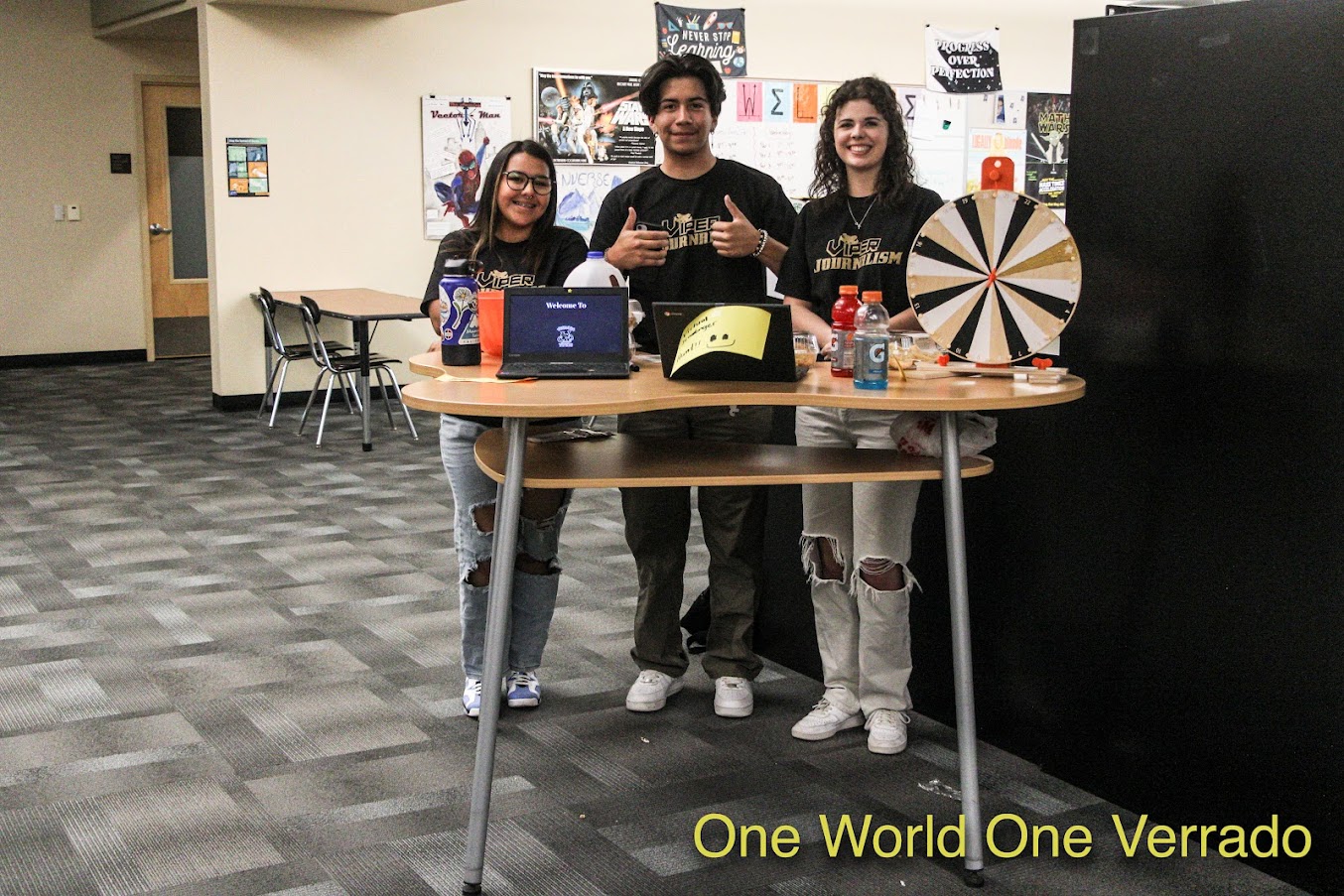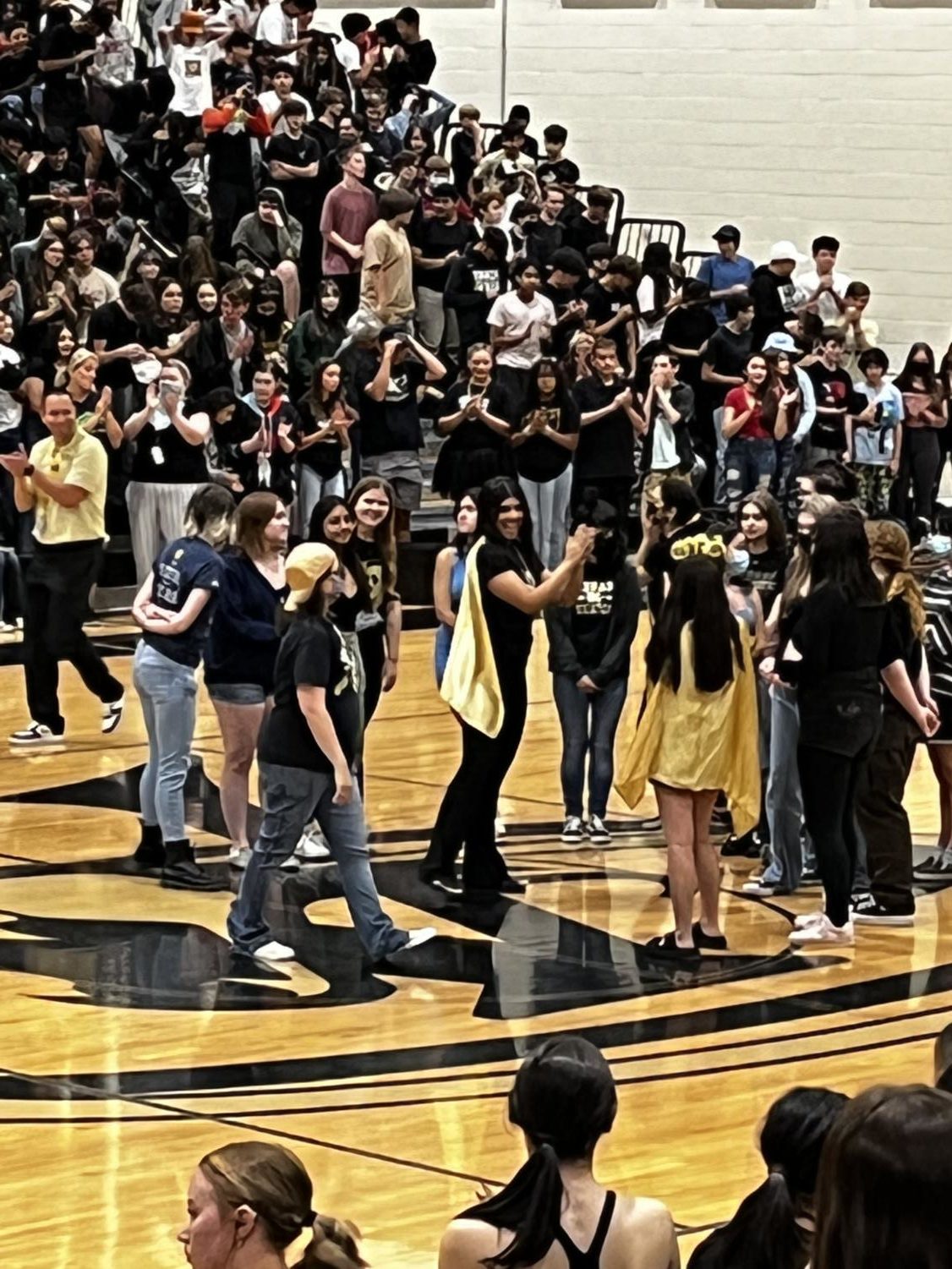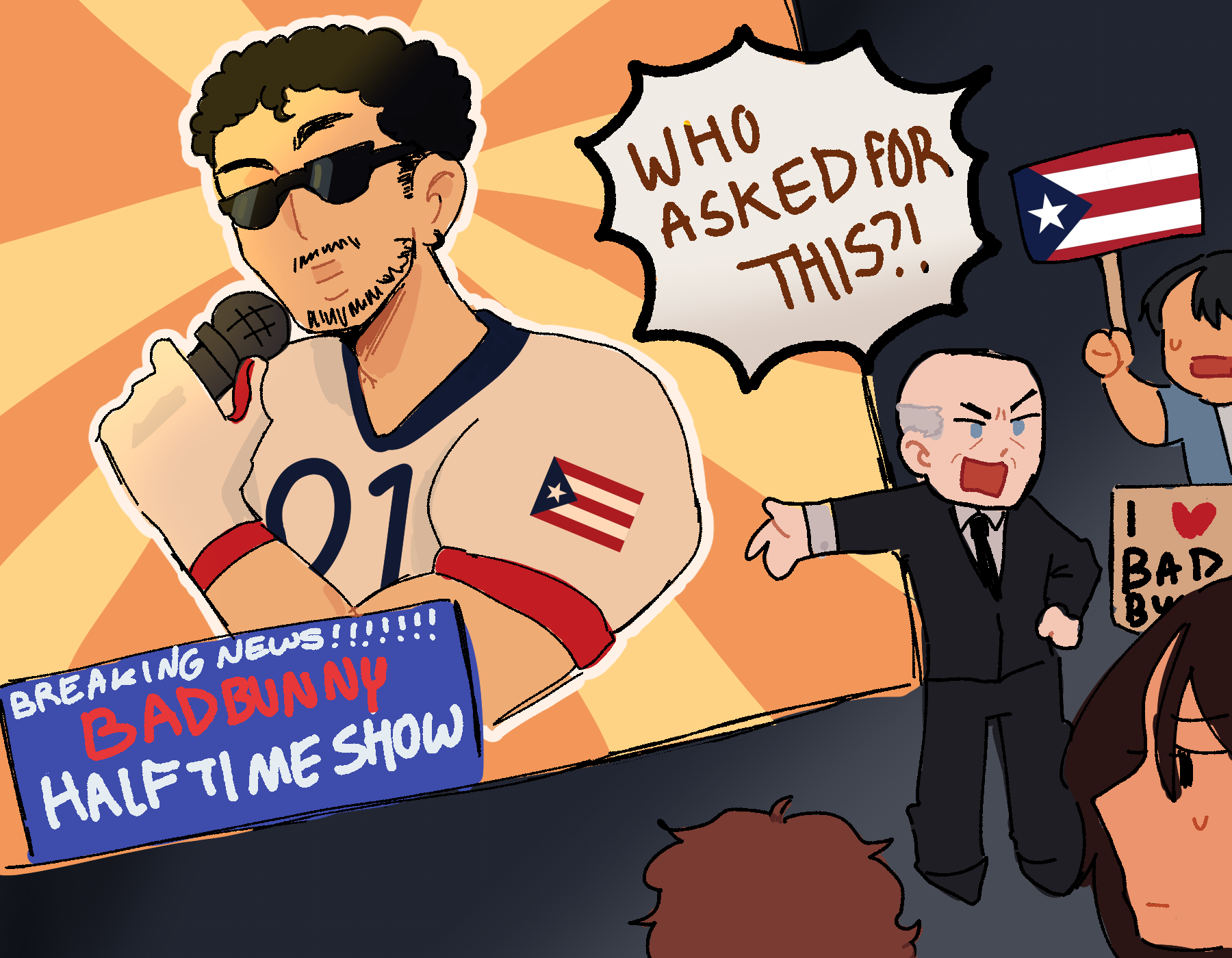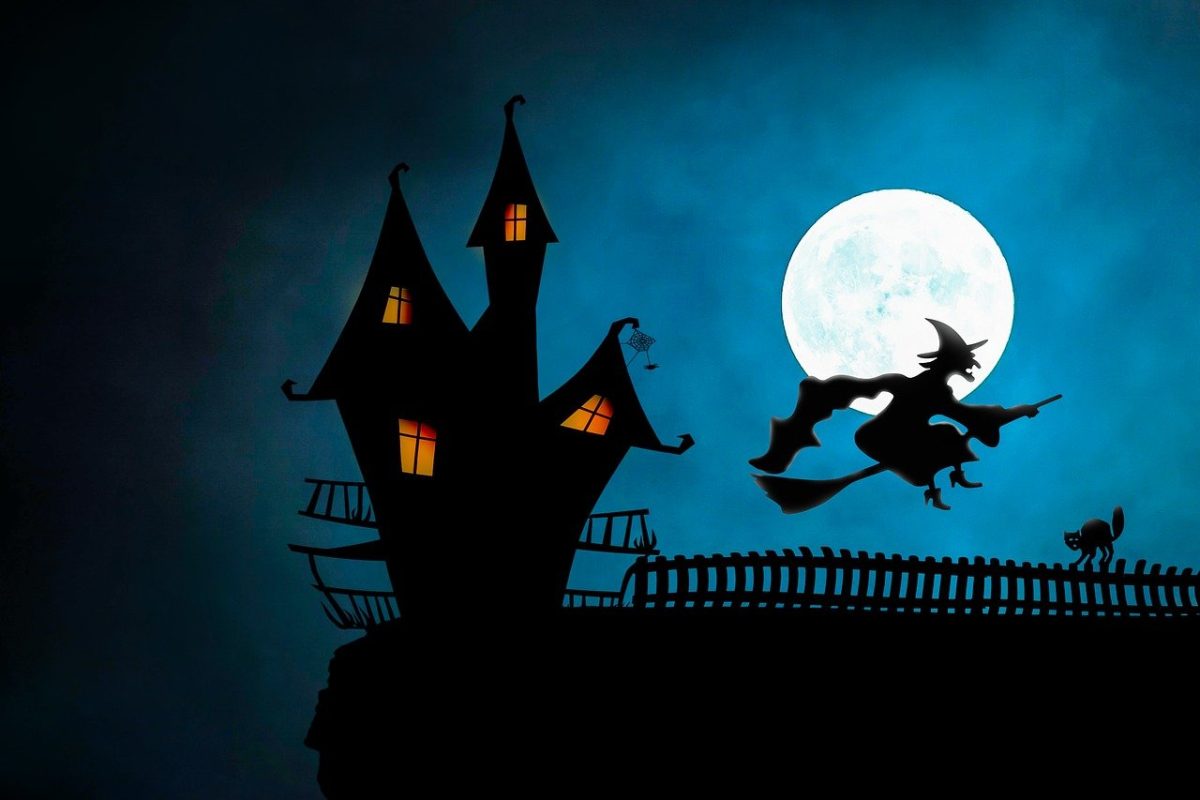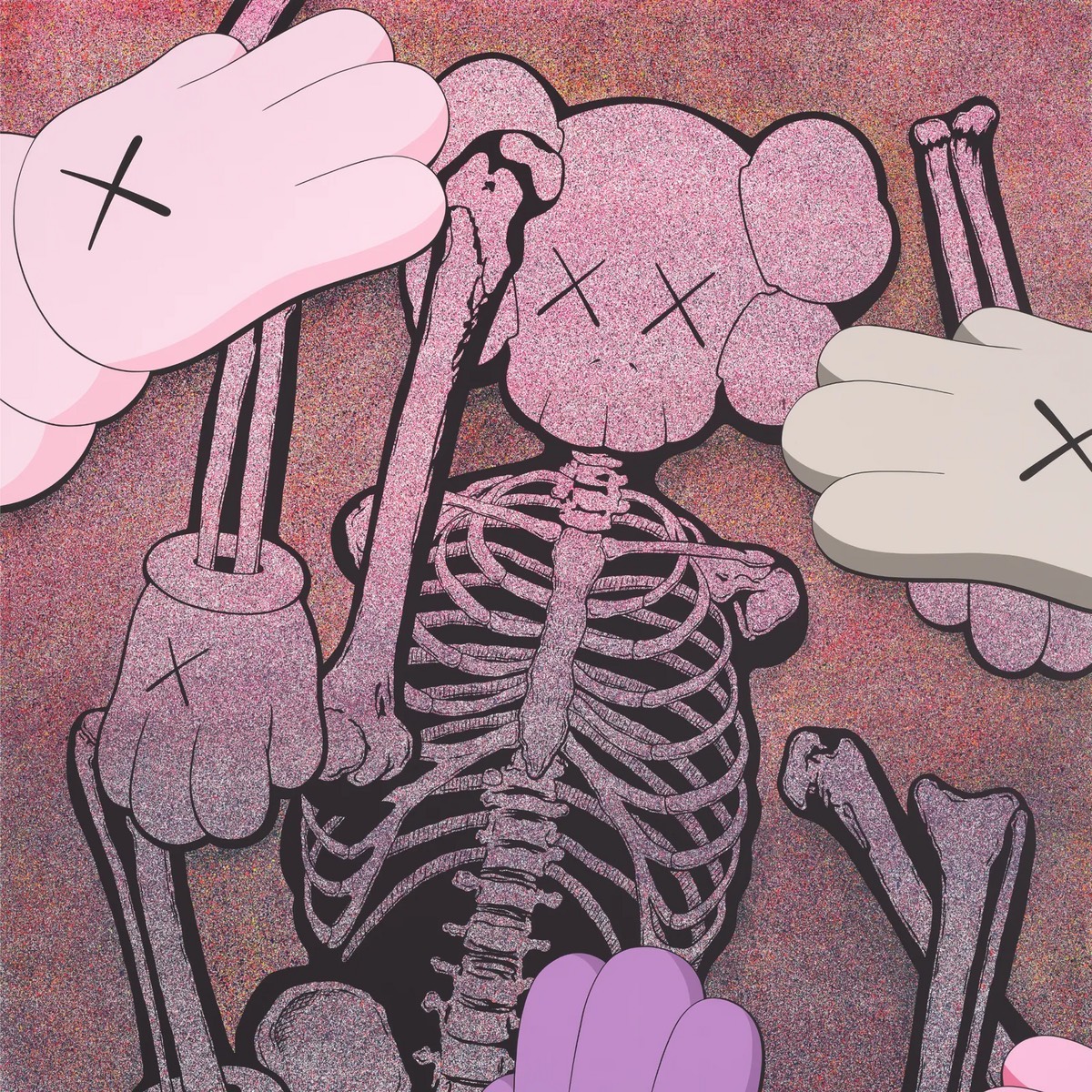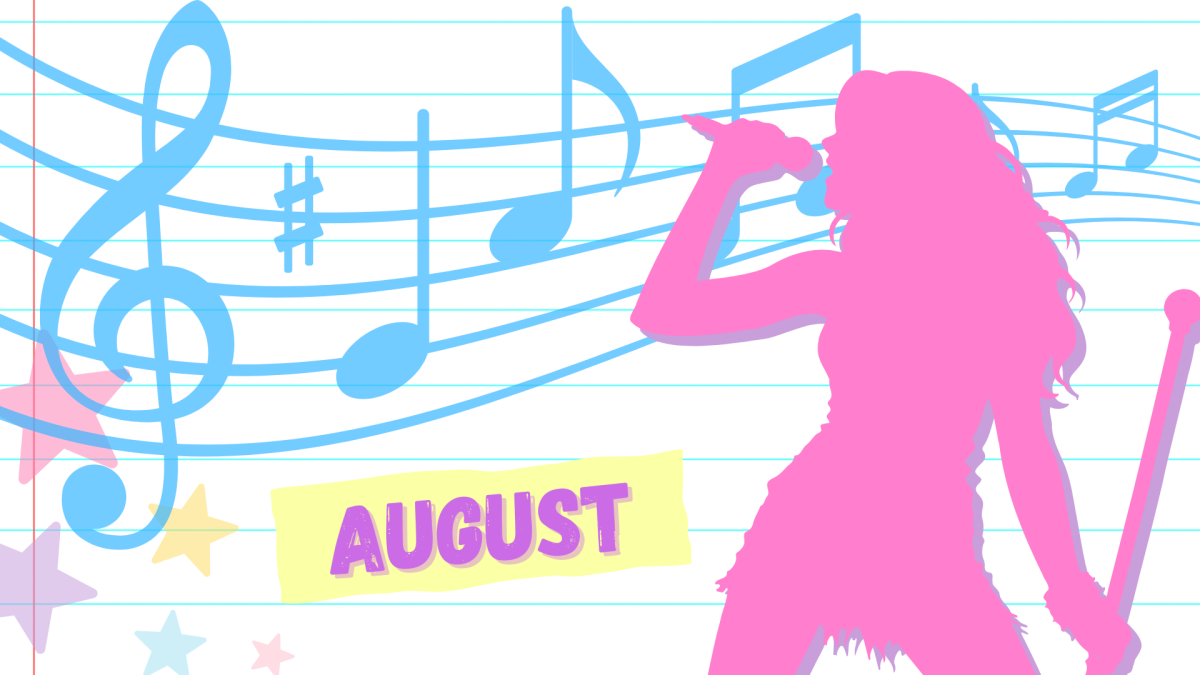Recently, the NFL announced that popular rapper Bad Bunny will headline the halftime show of Super Bowl LX on February 8, 2026, in Santa Clara, California. Immediately following the announcement, there were many mixed reactions from Americans, mostly from conservative voices, MAGA-aligned commentators, and folks who apparently thought a signature American event in a state that used to be a part of Mexico could never have a Spanish-speaking Latino artist leading it.
Before anyone starts clutching their pearls about, “who even is this guy?” let’s take a look at the cultural impact Bad Bunny, real name Benito Antionio Martínez Ocasio, has had globally. Bad Bunny has topped Spotify’s “Most Streamed Artist in the World” list three years in a row, 2020 to 2022, beating global giants like Taylor Swift, Drake, and The Weeknd.
His album Un Verano Sin Ti didn’t just chart; it basically lived at No.1 on the Billboard 200 for the entire summer of 2022. You couldn’t escape songs like “Tití Me Preguntó” or “Me Porto Bonito” even if you tried.
A common argument used by these people is that because his songs are not in English that he is ‘not American enough.’ This doesn’t really make sense, considering Puerto Rico (where Bad Bunny is from) is in America, and all Puerto Ricans are U.S. citizens by birth. Also, America is known for its diversity, having people from all over the world coming together under a United Nations, and America is a multilingual and multicultural country, with Spanish being the second most spoken language in America.
Another argument is that because Bad Bunny criticizes ICE and chose to avoid U.S. states in fear of ICE deporting people attending his concert, that he’s ‘anti-Trump’ and ‘unfit’ for American audiences. This is strange because for Kendrick Lamar’s halftime show, where he also poked fun at American politics, for which he still got some backlash, he didn’t get nearly as much as Bad Bunny, despite him not even having performed yet.
Conservatives also thought that having a country, white, traditional artist, such as one hit wonder Lee Greenwood, who is known for “God Bless the USA,” or George Strait, who made “Amarillo by Morning,” which got a whopping 78 million views on YouTube, should perform instead.
Despite all this conflict, what people don’t realize is that Bad Bunny playing at the Super Bowl is just proof that American culture is evolving and expanding. The NFL is trying to stay relevant, audiences are younger, more diverse, and more global. Therefore, they of course want someone who can pull huge streaming numbers, social media engagement, and cross-cultural buzz.
For Latin, Hispanic, and Puerto Rican individuals themselves, seeing someone in their community headline one of the biggest stages in U.S. entertainment is huge. Bad Bunny’s presence sends a message that the Super Bowl is not just for one demographic; it’s for all of America.
At the end of the day, the outrage over Bad Bunny performing at the Super Bowl says way more about the critics than it does about him. The people screaming about “real American culture” are missing the point: this is real American culture. Diverse, loud, bilingual, and constantly changing. Bad Bunny is a global artist who represents millions of Americans who have always been here but haven’t always been seen.
While some people will keep typing furious Facebook posts about “the good old days,” the rest of the world will be enjoying the performance during halftime, because the future of America doesn’t sound like the past, and that’s exactly how it should be.
